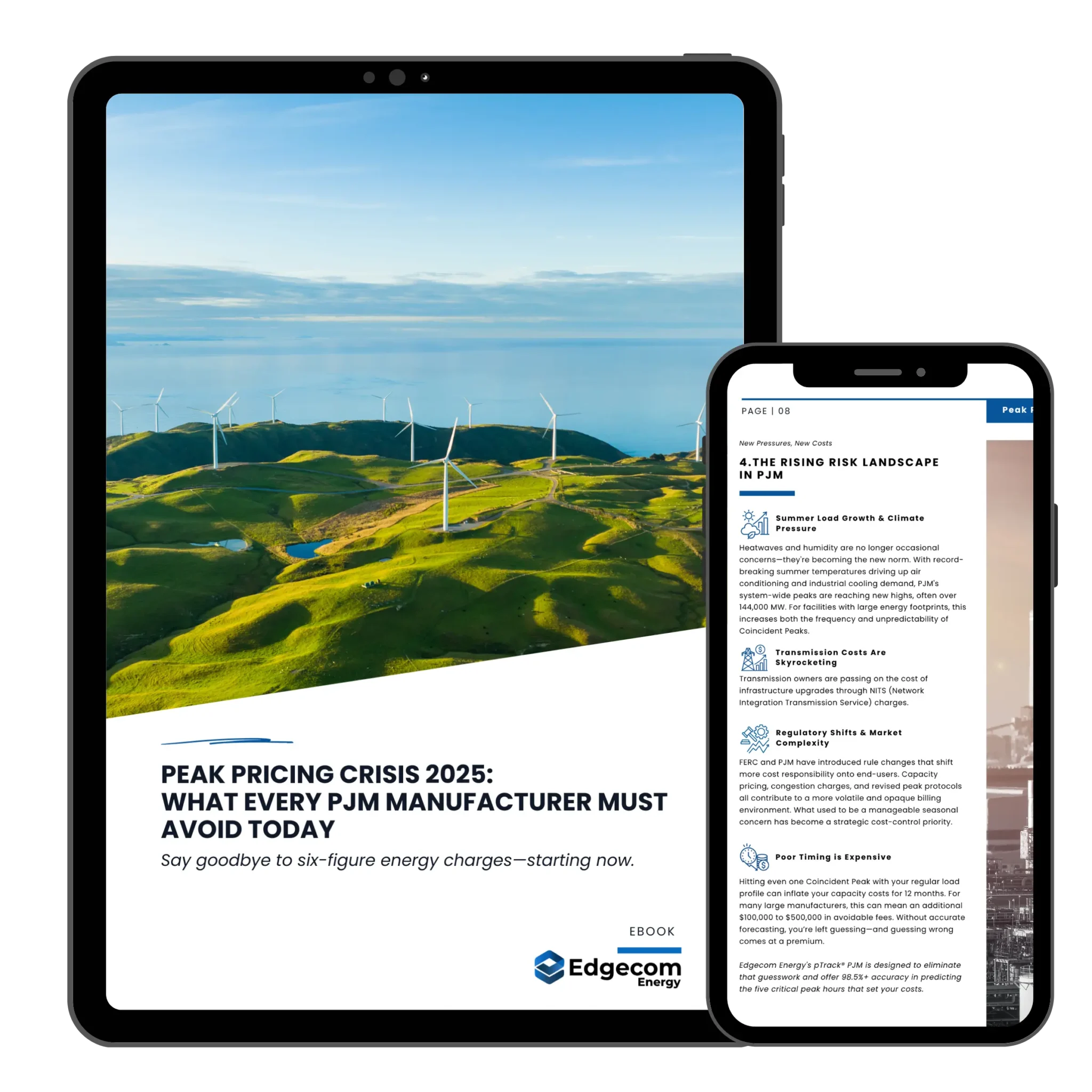In recent years, Generative AI and Large Language Models (LLMs) have emerged as two of the most widely discussed technologies. In this blog, we cover the fundamentals of Generative AI to help you get familiar with what it’s all about and lay the groundwork for our upcoming post, which will explore how this technology is being used in the energy sector.
The rise of Generative AI and LLMs, particularly with the launch of ChatGPT in late 2022, has altered the landscape of numerous industries, including energy, as a result of rapid advances in AI research.
The Basics of AI
Let’s start by defining some key terms commonly used in the world of AI. Knowing these basics will help you see how Generative AI fits into the bigger picture.
Artificial Intelligence (AI) – Artificial Intelligence is a subfield of computer science that aims to build computers with intelligence comparable to that of a person. These computers will be able to observe, communicate, and make choices, much like a human.
Machine Learning (ML) – Machine Learning, a subset of AI, is the process of training computers using big datasets to spot patterns and make data-driven judgements. This enables machines to “learn” from experience rather than from explicit programming.
Neural Networks – These are MLM inspired by the organization of the human brain, which uses layers of linked nodes, or “neurons,” to solve complicated problems.
Deep Learning – A more advanced kind of MLM that uses numerous neural network layers to evaluate and comprehend complicated data such as text, pictures, and audio.
Generative AI – A type of Artificial Intelligence that creates new content-such as texts, images, and audio-based on the data it was trained on.
Large Language Model (LLM) – LLMs are generative AI models designed to generate human-like text by processing the input they receive.
ChatGPT and the Rise of Generative AI
Launched in late 2022, ChatGPT made AI technology more accessible to the public, leading to the widespread popularity of generative AI. The success of ChatGPT was fueled by its intuitive design and functionality. It is driven by an LLM from OpenAI called the Generative Pre-trained Transformer (GPT). Though the terms can sound technical, the ideas are simple: “Generative” means the AI creates new content, “Pre-trained” indicates it has learned from a large dataset beforehand, and “Transformer” refers to a neural network that helps the AI understand context and language. Moreover, the conversation-optimized ChatGPT stands out before because of its user-friendly design, making AI seem more approachable. Other well-known LLMs include Google’s BERT and Meta’s Llama.
How is generative AI different from the programs you’re used to? Unlike traditional software, which produces specific outputs such as numbers or set data, generative AI may create new content from scratch. It can write stories, create art, compose music, and do much more, adding a creative element that traditional programs lack.
Because of this ability to create new content, generative AI opens up a world of possibilities for many different applications. Below are just a few examples of popular generative AI applications:
| Text | Image | Audio |
| ChatGPT | DALL-E | ElevenLabs |
| Google Gemini | Stable Diffusion | Soundhound |
| Microsoft CoPilot | Midjourney | MurfAI |
General Purpose vs Domain-Specific LLMs
The quality and type of data used to train a Large Language Model (LLM) are critical components of its success. Models like GPT are impressive because they are trained on massive amounts of data, but they are often broad and lack the specialized knowledge required for certain businesses. This is where domain-specific LLMs come in. These models are further developed with data from specific fields, allowing them to better grasp the language and context of that industry. Google’s Med-PaLM, for example, is aimed at the healthcare industry, BloombergGPT focuses on finance, PaxtonAI is tailored for legal use, and Edgecom Energy’s AI CoPilot is designed for the energy sector. By training on specialized data, these models improve their understanding of terminology and nuances specific to respective professions.
Data Empowers AI
Machine learning relies on data. Starting with pre-training AI models, the quantity and quality of data have a direct impact on the AI’s performance. To make AI more accurate and applicable to a particular field, it is crucial to fine-tune models using industry-specific data. If you want AI to provide you with the best, most useful insights, feed it data that is happening right now. Consider Edgecom Energy’s AI CoPilot. When combined with dataTrack™, which provides real-time data on assets, the AI evolves from a basic tool into a smart energy management assistant. Through the utilization of real-time facility and grid data, the AI CoPilot may offer personalized suggestions for optimizing energy consumption, enabling organizations to become more intelligent, flexible, and environmentally conscious.
Now that you have a basic grasp of Generative AI, it’s time to look at how it’s applied in the energy sector. In our upcoming blog article, we’ll look at real-world examples of Generative AI in the energy industry, speculate on what the future holds, and examine the problems that continue to persist.

